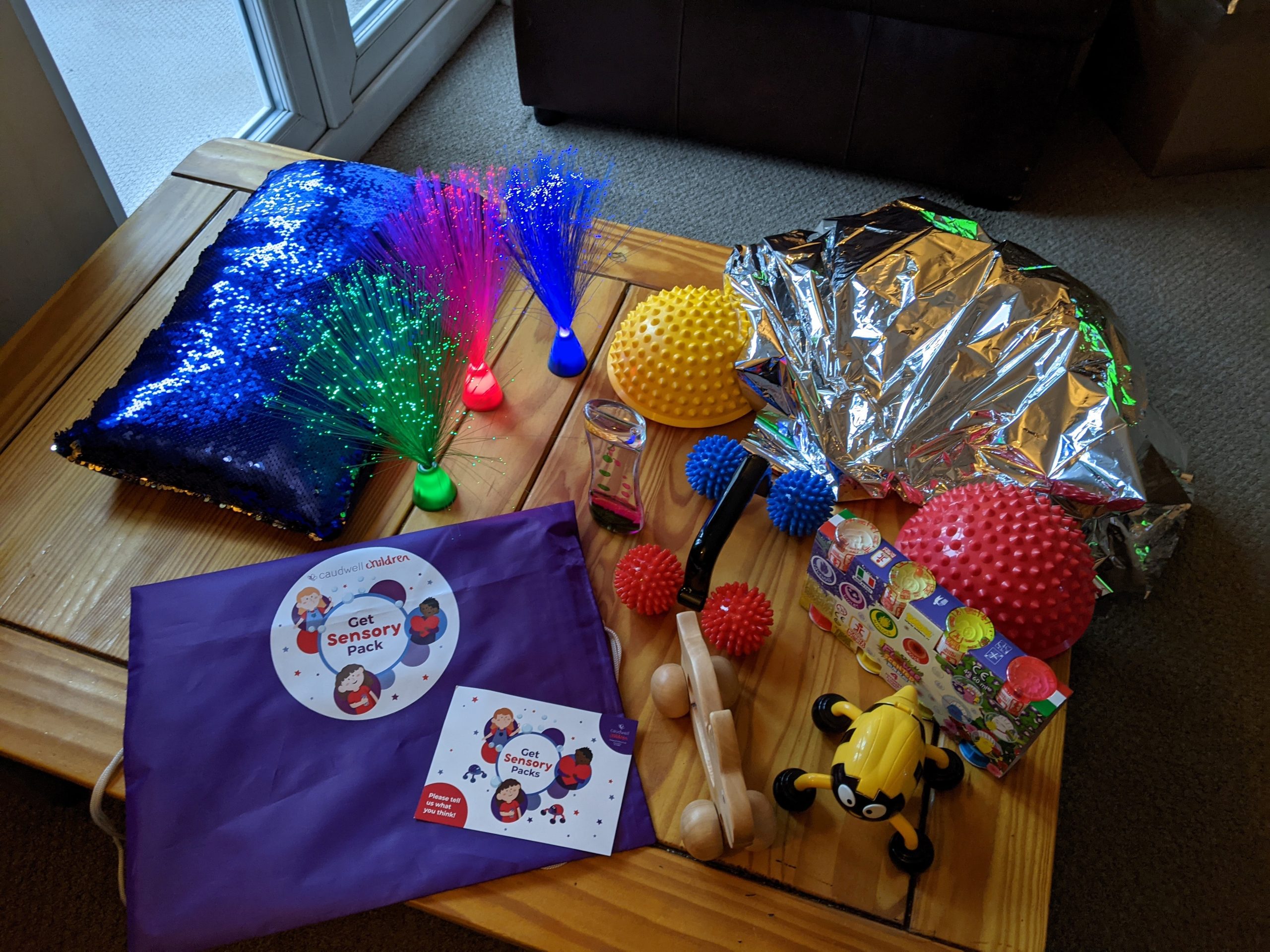Many autistic children stim. But what is stimming?
Stimming is a ‘self-stimulating’ behaviour, this means behaviour which feels good or helps us regulate our emotions. Stimming is usually a repetitive action, such as a movement (hand-flapping) or sound (high pitched noises), but there are many different ways to stim.
How does someone stim?
There are various types of stims and everybody stims in some way. Yes, even you! Stimming isn’t shameful or negative, it’s a just a way of the body looking for sensory input for relief. Some stims are just more typical than others, while other stims can be more uncommon.
Some common stims, usually found in non-autistic people:
- Bouncing your leg
- Biting nails
- Twirling hair
- Clicking pens
- Cracking knuckles
- Whistling

Some uncommon stims, usually found in autistic people:
- Flapping hands
- Rocking
- Walking on tip toes
- Licking objects
- Repeating words or phrases
- Sniffing objects or people
Some stims which can cause physical harm:
- Head banging
- Biting
- Hitting

Why do people stim?
Stimming helps children and adults regulate and release their emotions, both negative and positive. For example, a child may bounce when excited to help release the overwhelming positive emotions and sensations. On the other hand, a child may rock when upset to self-soothe.
It can also be a familiar activity children and adults use to ground themselves when in an unfamiliar environment or situation. Sometimes stimming can be a way to distract from or avoid something, it can also be a way to show distress and ask for help or attention.
Is stimming bad?
Stimming is not necessarily a bad thing. In fact, it can be a great way of expressing excitement or regulating emotions when sad, bored or frustrated. However, stimming can be problematic if it becomes harmful such as head-banging or biting.

If my child stims does it mean they have autism?
Not always. Everybody stims to some extent, including people who are not autistic, so stimming alone is not a definite indicator of autism. However, stimming alongside other behaviours associated with autism can be a sign of autism. Every autistic person is individual, so they may stim in, or present traits in, different ways.
The only way to diagnose autism is to have an autism assessment, like the ones we carry out at Caudwell Children, performed by professionals.
How can I help my child when they stim?
Stimming doesn’t need to be stopped or controlled, unless it becomes a problem to the child. If the stimming behaviour is dangerous or harmful, it could be beneficial to intervene. Our in-house clinical staff offer autism workshops which help with understanding autism and the way it presents.
Sensory toys and stimming toys can also be used to help the child express themselves, like our Caudwell Children Get Sensory pack.

If you liked this post, check out our Facebook, Twitter and Instagram where we share similar content on our autism service and support for disabled children.
For more autism resources, check out the ‘News’ section of our website.
)

)
)
)
)
